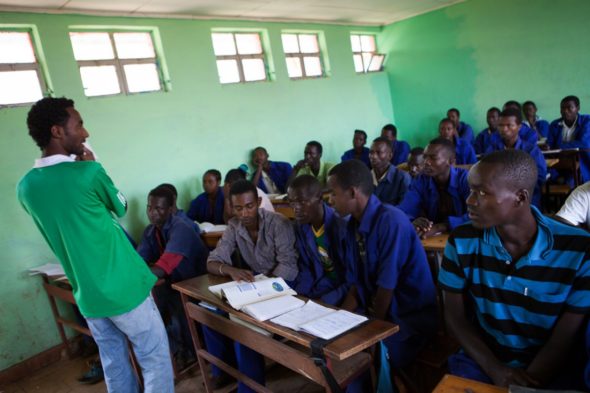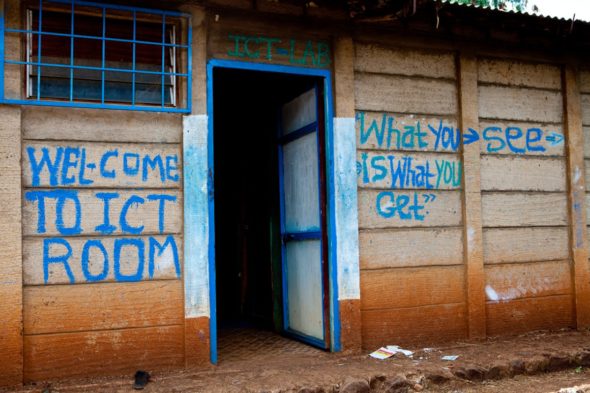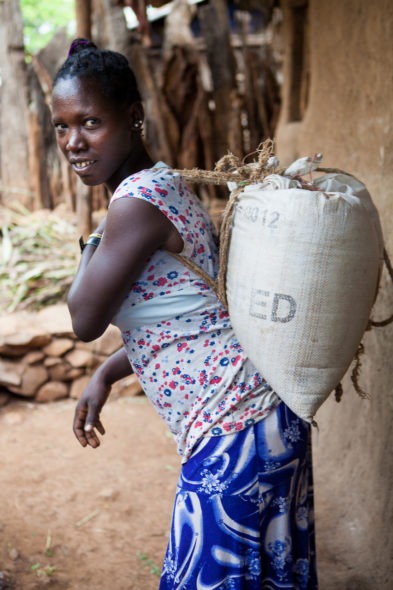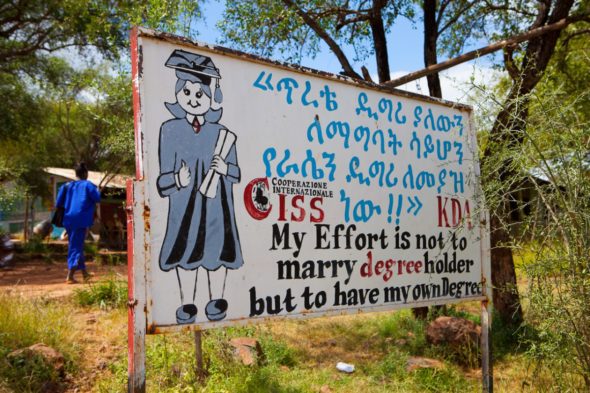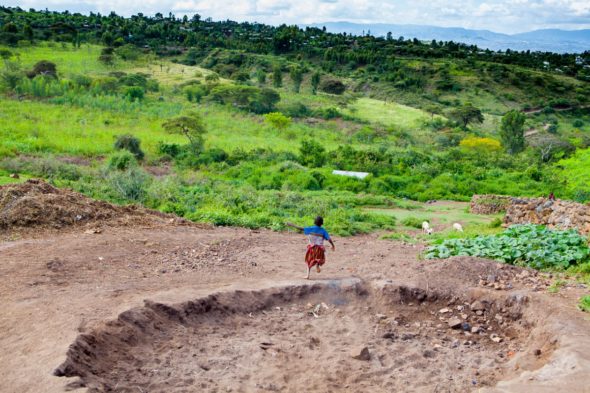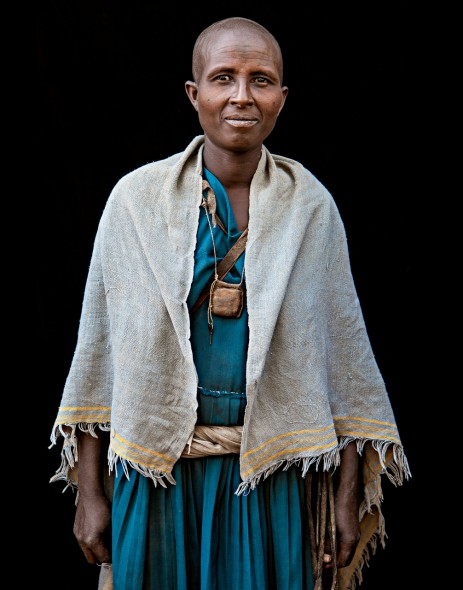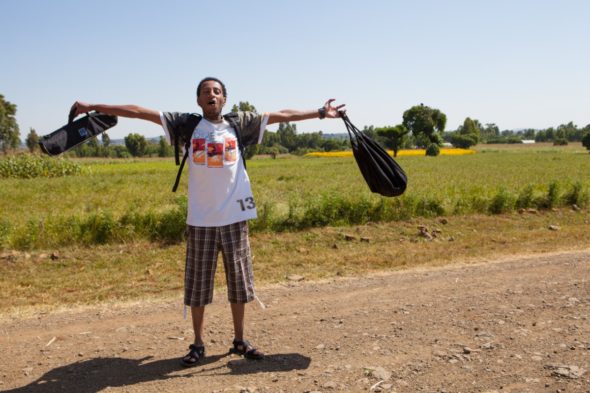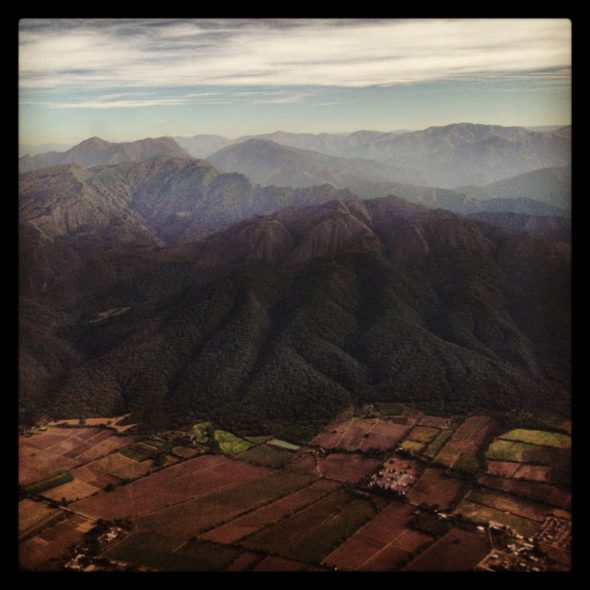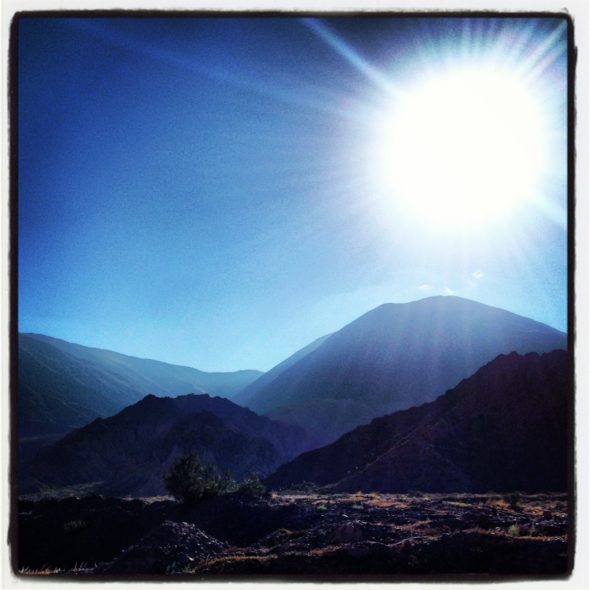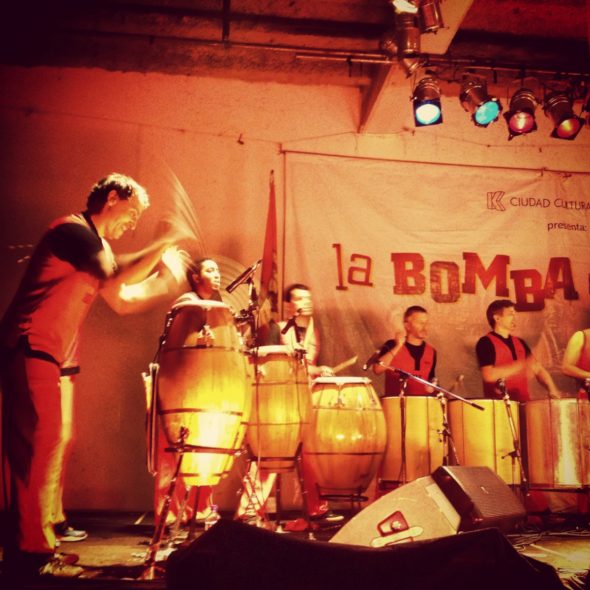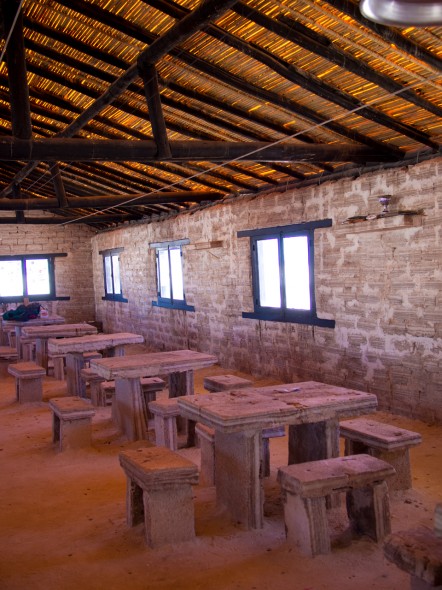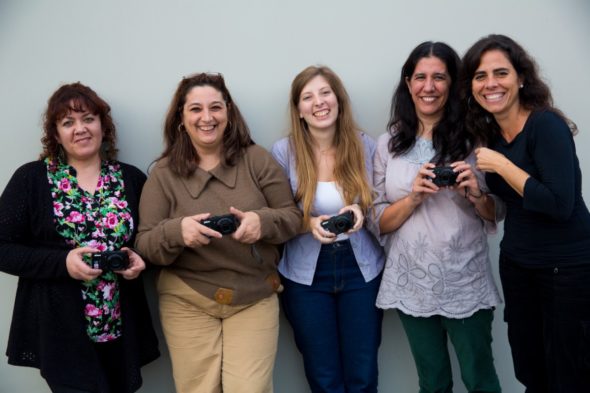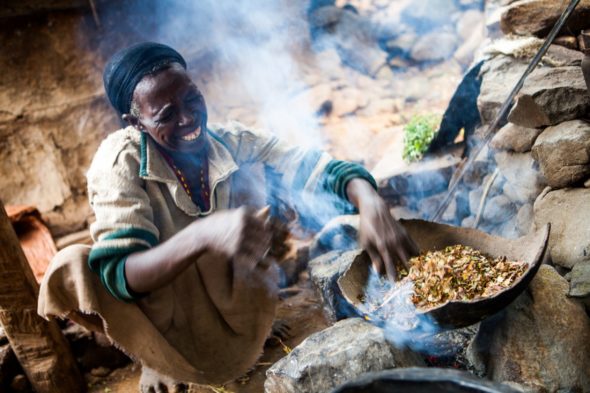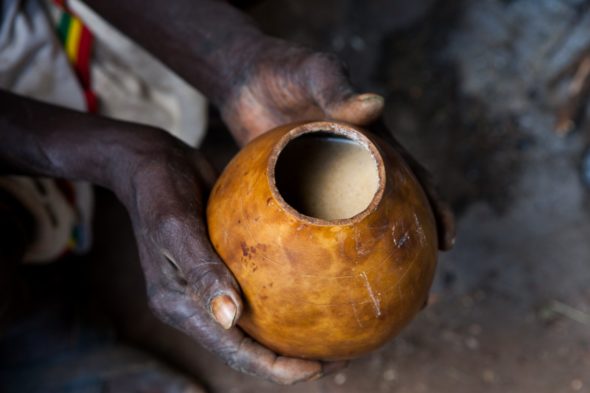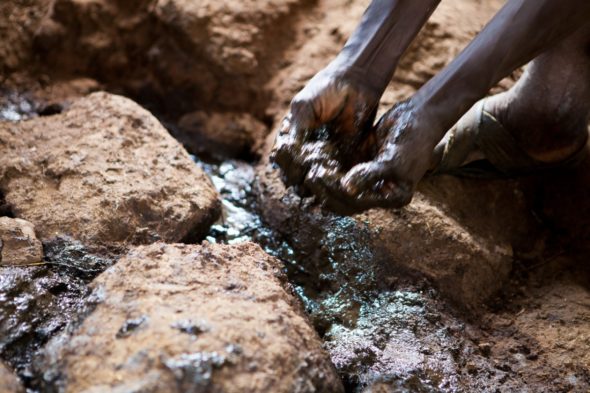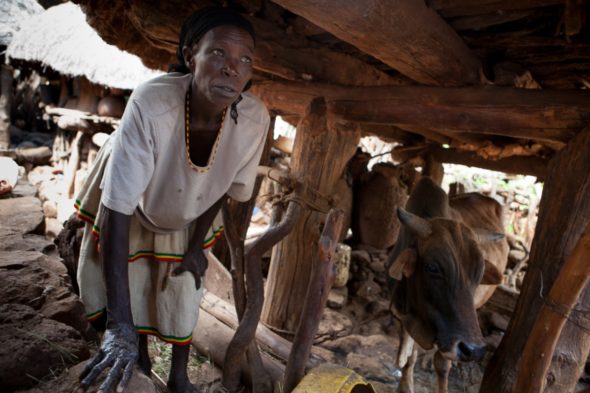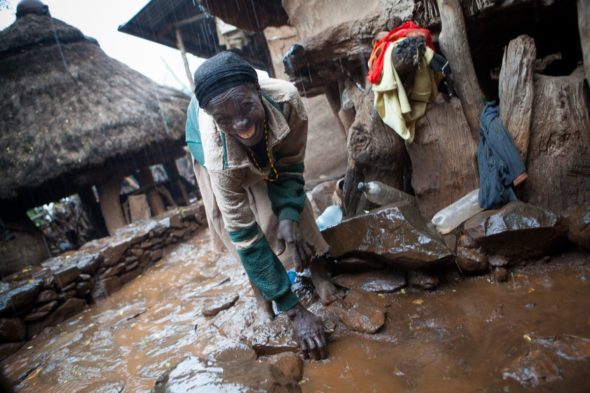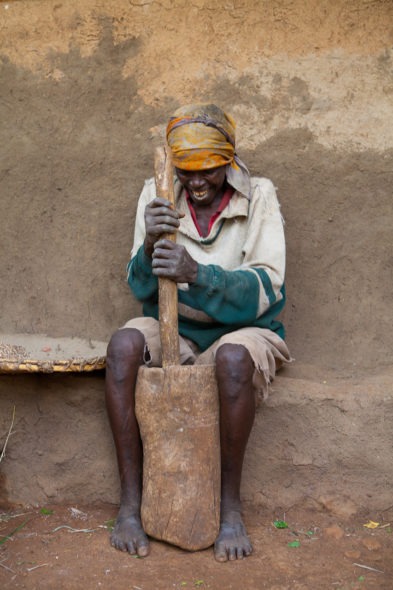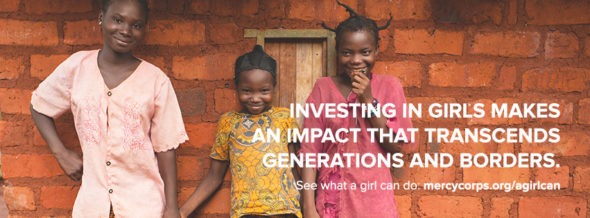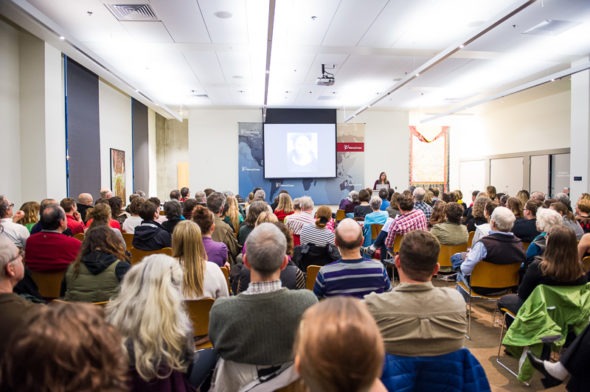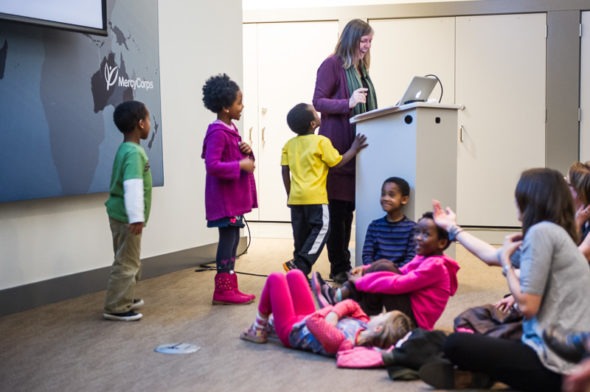In the back of my mind, a Madonna song is playing. I can’t recall all of the lyrics, but the ending lines play over and over as I watch Kuye in her classroom full of boys:
In this world
Do you know
Do you know
Do you know what it feels like for a girl
What it feels like in this world?
There are 42 students in Kuye’s class, and only four of them are girls. In a society that cherishes girls to a point of thinking of them as “prizes”, too often girls are not seen outside of the home for fear that she will steal the heart of a man before they are ready to have her live outside of the home. When a girl goes outside of the house to socialize or to school, she can also be ostracized a bit, out of fear, jealousy, or the upholding of traditional norms.
Kuye used to go to the spring to fetch water at 3am with her friends because water was very difficult to find. In exchange for her labor, these friends helped her by purchasing pens and exercise books for her to use while at school. If she didn’t help them fetch water, they would not help her. Sometimes she would arrive at late school because she was so tired.
However small, her support is provided by her mother, Taiko. Since she attends school under such financial hardship, sometimes she wanted to quit, but her friends encouraged her to remain in school.
Mercy Corps supports Kuye by covering the expenses of pens, exercise books, uniforms, and soap. Kuye speaks about her moral obligation to her friends, and still wants to help them. But now she tells them that she has assignments to do and will help them as soon as she is finished with her homework.
I ask her what her dinnertime is like, and she tells me that if food is present, they eat. If no food is present, they don’t eat. Sometimes Kuye walks home from school with a friend and they search each other’s homes to see which home has food for that evening, and they will share what they find with each other.
A tough life she has. Yet she remains confident and excited about her future.
She realizes that she is learning more than just the traditional subjects at school. One area that has been particularly difficult is changing the way her family and village think about equality between males and females. Since attending school, Kuye has successfully built the case surrounding her brother’s and her duties at home: hers should be no more nor less than those of her brother’s.
Kuye wants support to be available so she can go to university. She wants a comfortable home in which to lay her head down at night. She wants a husband to love, and children to educate. She also knows more about family planning, and has decided that she would like to have only two children, which will reduce the burden she and her husband will have to feed and educate them.
Kuye is a girl. She loves pretty shirts and skirts and hair bows and bracelets.
She is also a pioneer and a fearless leader, bold and defiant, paving the way for others.
Madonna would be proud.
